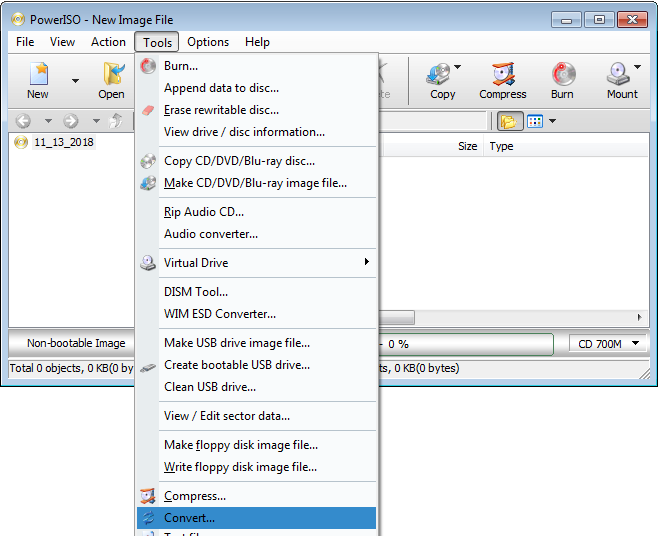
Once you edit and save in some other format (tiff, jpg, png), you lose the original exposure. Having the negative means I can come back to it at any time in the future and start with the original image. I approach the raw file as if it is my negative. Keeping everything in the DNG file means I have half as many files to deal with. If you simply work with your camera's raw file (CR2, NEF, etc.), LR will create a sidecar file (the XMP) that must be migrated with the image file should they be moved for some reason. doing so allows me to keep all image edits and metadata in one file (the DNG). Jenni8, I convert my Nikon NEF files to the DNG (digital negative) primarily for one reason. A lot of modern disk image handling utilities like AnyToISO can convert Apple DMG images to CloneCD IMG format, which is essentially what dmg to img conversion is. Hehe.Ever since getting my T2i I've edited in LR3 as th. Found 2 different conversion types using the same filename extensions. I'm just wondering, for those who convert before editing, what do you convert to and why? (I'm especially curious about those who use Canon.)Įdit: I accidentally used DMG instead of DNG when I originally posted.

I hated the software Canon gave me with the camera and most of the software is incompatible now since upgrading to Lion, so I just got rid of most all of it. What are the advantages of this? In the beginning I had converted some photos into Adobe DNG and at the time I couldn't see any difference. I've been reading how a lot of photographers prefer to convert to DNG or TIFF before editing with Adobe software. Ever since getting my T2i I've edited in LR3 as the raw CR2.


 0 kommentar(er)
0 kommentar(er)
